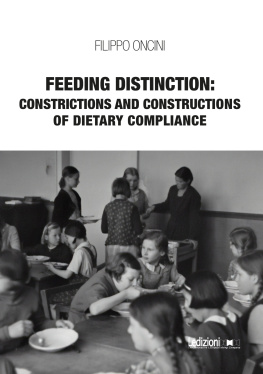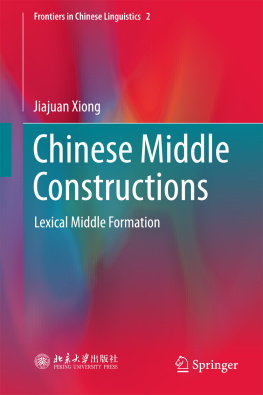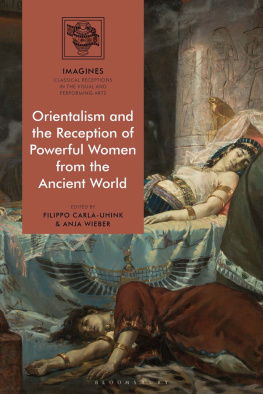2020 Ledizioni LediPublishing
Via A. Boselli 10 20136 Milan Italy
www.ledizioni.it
Filippo Oncini, Feeding Distinction: Constrictions and Constructions of dietary compliance
First edition: november 2020
ISBN paperback: 978-88-5526-364-1
ISBN ePub: 978-88-5526-365-8
Catalogue and reprints information: www.ledizioni.it
Table of contents
Preamble
1. Introduction
2. The Logic of Practice: Epistemological Foundations
3. Three Theoretical Backbones
4. Eating and Feeding Practices
5. From Practice Theory to Research Practice: Methodological Implications
6. Discussion and Conclusions
1. Introduction
2. Socioeconomic Status and Health: The Role of Cultural Capital
3. Gender Differences in Health Behaviours
4. Data and Methods
5. Results
6. Discussion and Conclusions
Appendix
1. Introduction
2. Background
3. Research Questions and Hypotheses
4. Data and Methods
5. Results
6. Discussion and Conclusions
Appendix
1. Introduction
2. Politics of the School Meal
3. Data and Methods
4. From Global Guidelines to School Meals
5. At the Edge of the Canteen: Parents and Nutritionists
6. Entering the Canteen: Teachers, Cooks, and Children
7. Discussion and Conclusions
Appendix
1. Introduction
2. The Stratification of Eating and Feeding
3. Data and Methods
4. Feeding Distinction: Economic and Cultural Boundaries
5. The Reproduction of Food Boundaries: Children in the School Canteen
6. Discussion and Conclusions
1. Introduction
2. Data and Methods
3. Contextual Forces
4. Recess and Lunch with the Second Graders
5. Overwhelming Fields and the (Ir)relevance of Healthy Eating
6. Discussion and Conclusions
Preamble
Working on food from a sociological perspective has become an incredibly challenging task, because of the many standpoints one could adopt. Not surprisingly, since the dawn of sociological imagination, food has been taken as a topic of enquiry (Sassatelli, 2004; Oncini, 2016). Food revealed the historical variability of table manners (Simmel, 1997; Elias, 1984), of the great social inequalities afflicting industrial societies (Engels, 2009; Halbwachs, 2014), and of the effects of poverty on the organisation and division of food within the family (Pember Reeves, 2008). In The Condition of The Working Class in England, Engels (2009) described the state of malnutrition of poorer workers, as well as their inability to acknowledge good taste, as a result of material conditions. Halbwachs (2014) dedicated a chapter of his analysis of patterns of consumption among the classe ouvrire to describing the cost and composition of their diet. Their eating habits (and more generally their lifestyle) were central to definitions of them as workers, even more than the work itself. Simmel (1997), from a rather different perspective, envisioned the meal as a symbolic action, in which he found both the individual and social character of human interaction. During the 1970s, favoured by the success of cultural sociology, eating practices truly gained central attention in the sociological field of study (Mennel et al., 1992). The work of Pierre Bourdieu (1984) assumes significance in this context. In sharp contrast with the theory of liberal taste suggested by Becker and Stigler (1977) and against the disinterested Kantian aesthetic, the French author claimed that tastes could be understood as symbolic expressions of class interests, indeed as barriers that fostered the reproduction of social inequalities. Bourdieu thus paved the way to a relational understanding of food preferences and their consequence for health.
Today, the sociology of food is a multifaceted discipline that must come to terms with larger sociological themes: health and social inequalities, the sociology of scientific knowledge, cultural stratification, childhood development and the like, can all be summoned to tackle eating and feeding from different perspectives. In this work, moving back and forth along complementary perspectives, I aim to provide an in-depth analysis of the social stratification of eating and feeding practices in an Italian context, with a special focus on the school canteen as a possible enhancer of childrens dietary compliance. Although the thesis cannot be read as a single monograph, the fil rouge that runs through the chapters presents new insights on the ways eating and feeding are organised, regulated, differentiated, and reproduced in Italy by adults and children.
In fact, each chapter reads as an autonomous contribution, accompanied by a specific literature review, that distinctively adds to a branch of the research on food sociology, from health to consumption passing through childhood. This modus operandi is the result of two distinct lines of reasoning: first, it allows us to focus on very specific topics, contributing to lines of enquiry and gaps in recent theoretical and empirical research; second, it helped me to think in terms of journal contributions, which, apart from being of great importance for future labour market opportunities, are also the most common means through which knowledge can be disseminated to scientific audiences. Nevertheless, this does not imply that the chapters are disconnected, and the reader will often find cross references throughout the manuscript.
The thesis is constructed on two different blocks, divided by methodology, but held together by the first chapter, in which I discuss the socio-philosophical foundation of the research. Here I initially draw from Bourdieus practice theory to discuss the theoretical and methodological foundations of the thesis, and I subsequently examine the concepts of eating and feeding practices, eventually outlining the contribution of each empirical chapter.
Therefore, the first block seeks to identify theoretically informed empirical regularities using Bourdieus (2011) theory of capitals, and its adaptation to health behaviours as proposed by Abel (2007; 2008). This part aims to quantify how capital constrictions shape food consumption and beyond. Chapter 2, focusing on gender differences in health behaviours among adults (Courtenay, 2000), analyses the determinants of dietary compliance, drinking behaviour and smoking, and how gender differentials change depending on the respondents levels of cultural capital. Chapter 3, however, which paves the way for the subsequent ethnography, focuses on the determinants of dietary compliance among Italian schoolchildren, and specifically on the role of the school canteen as an equaliser that can mitigate health inequalities by improving the diet of most disadvantaged children.
In the second block, I focus on eating and feeding practices as social constructions. This part of the work allows me to go behind and beyond the empirical regularities shown in the previous chapters. Behind, because qualitative data provide an opportunity to consider the epistemological foundations and the political implications of the construction of dietary compliance, in school and at home; beyond, because they allow us to excavate in vivo how eating and feeding are part of a contested field of knowledge that depends on family endowments. The three chapters are hence based on the ethnographic fieldwork and the in-depth interviews conducted in four Italian primary schools. Chapter 4, partially rooted in the Foucauldian tradition of governmentality studies, uses the concept of strategy and tactics (de Certeau, 1984) to analyse the construction and implementation of a healthy meal and the resistances that arise around and within the school canteen. On a different note, chapter 5 makes use of the in-depth interviews with parents and the fieldnotes gathered in Poversano and Goldazzo school canteens to study how cultural and economic family resources shape parental feeding practices, their perception of the school meal and childrens knowledge of healthy food and cuisine. Finally, chapter 6 illustrates what happens to food education programs when they are applied in extreme contexts, such as the school of a poverty-stricken neighbourhood of Palermo.







